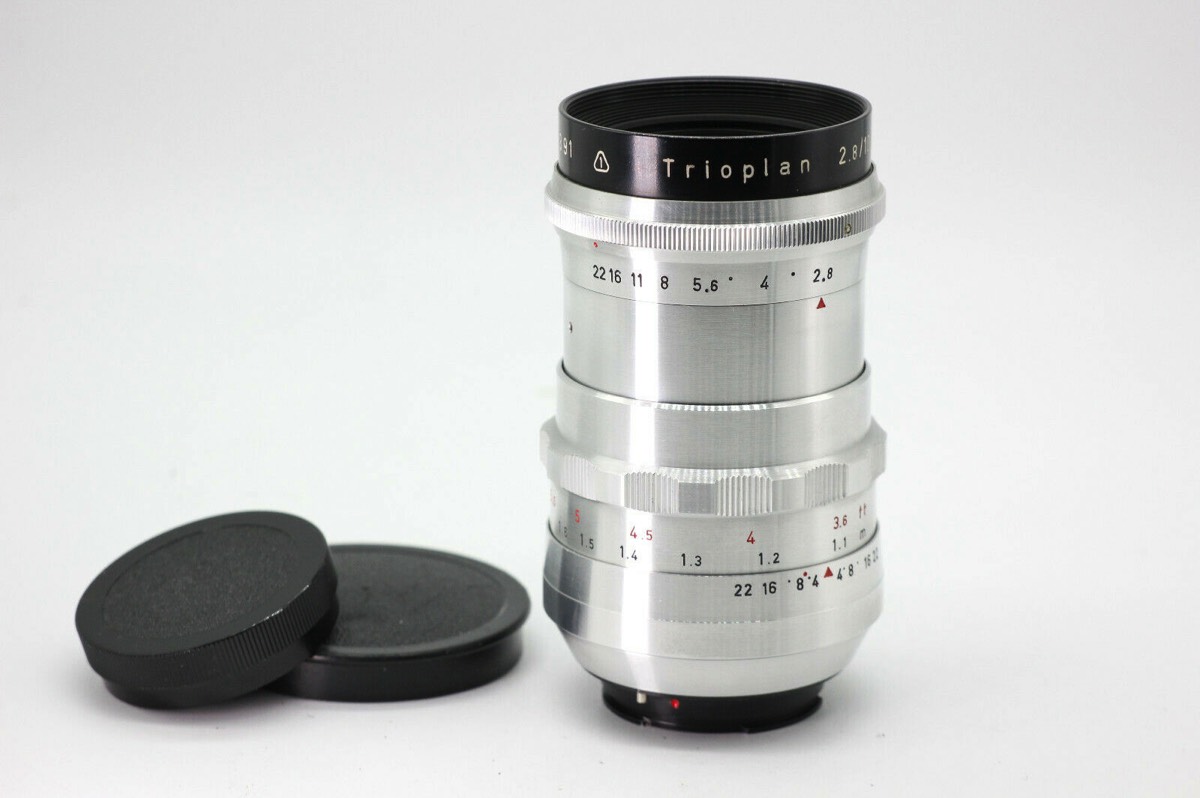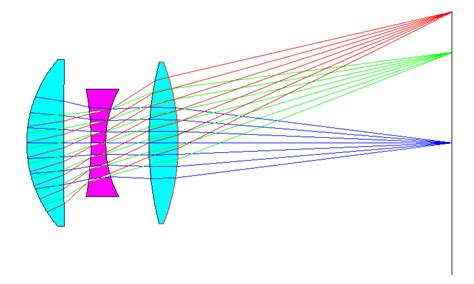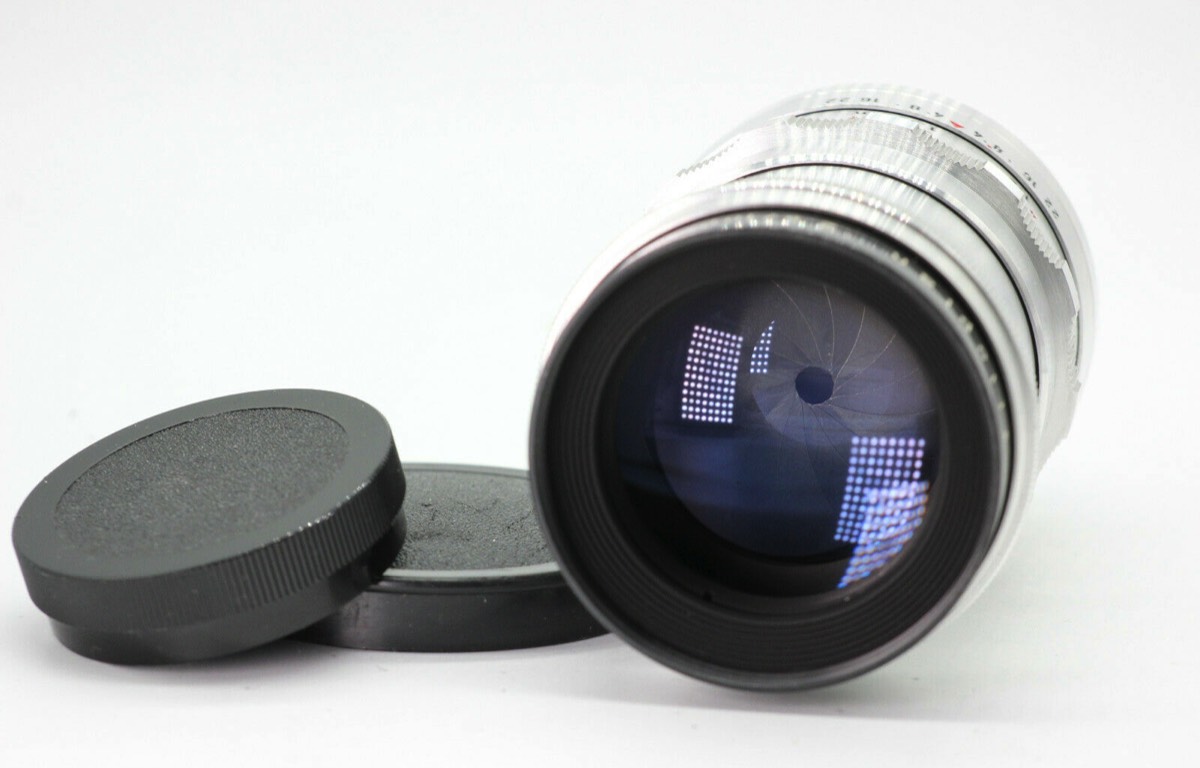HistoryThe Hugo Meyer Optische und Feinmechanische Werke was founded (with a slightly different name) in 1896 and over many decades it supplied lenses to many camera manufacturers throughout Germany. It was based in Görlitz, Germany. They created lenses at a very early stage and to continued to do so even in a divided Germany for many years. The company worked with with Dr. Paul Rudolph, who had previously been involved in some of Carl Zeiss Jena's most important lens developments (Protar, Planar, Tessar). Together with Dr. Rudolph, the famous Plasmat lenses were developed and the Kino-Plasmat was the world's fastest lens at the time. Another important step was the delivery of OEM-lenses for camera manufacturers - such as the Exakta from Ihagee. In the 1930s Meyer-Optik already had a wide range of high-quality interchangeable lenses. Meyer wasn't a high-end lens manufacturer like Leica or Carl Zeiss because of this compared to Carl Zeiss Jena, who was a market leader at the time, the lenses were usually offered at a lower price. Nonetheless, mechanically and optically (and despite their age) Meyer-Optik lenses remain strongly desirable. They produced mainly M42 mount lenses although they also used the Exakta mount.
After World War II, Meyer-Optik became VEB Optisch-Feinmechanische Werke Görlitz and one of the most important lens manufacturers in the newly created German Democratic Republic, DDR. They partnered mainly with Ihagee Dresden, whom they provided with lenses in the Exakta mount while making M42 mount lenses for Praktica cameras.
After the end of World War II it was mostly limited to supplying lenses for East German cameras, since Görlitz was in the Soviet-occupied sector of Germany that became the “GDR”. In 1946 the company was nationalised and became “VEB Feinoptisches Werk Görlitz”, although the name “Meyer-Optik Görlitz” continued to appear on many of the lenses that it manufactured.
In 1968 Meyer-Optik was absorbed into the large State-owned company “Kombinat VEB Pentacon Dresden”, and from 1971 the name Meyer no longer appeared on the lenses that it produced. Literature produced at the time by Pentacon said that the lenses would be called “Pentaconar”, although in fact the name engraved on the lenses from this point on was “Pentacon”, and from 1979 this was replaced by the name “Prakticar” on many lenses produced by the former Meyer-Optik. Needless to say, these lenses were also marked with the letters “DDR”.
In 1990 when the whole communist political, economic and manufacturing structure collapsed, the company became “Feinoptische Werk Görlitz GmbH”. Unfortunately, it appears to have produced lenses under this name for little more than a year.
With the collapse of the communist system and the sudden opening of former-communist countries to the world economy, the “time bubble” in which the communist bloc had existed for decades “burst”. People discovered that the rest of the world had moved on. The introduction of electronics and miniaturisation in cameras meant that outside the communist world there were unheard-of marvels, even for medium-format cameras, such as zoom lenses, auto-focus, internal full-aperture metering, fully-automatic diaphragm operation and much, much more. Suddenly, almost no-one wanted to buy the cameras for which these lenses were manufactured, and with no-one buying the cameras, there was no market for the lenses. It was almost inevitable that Meyer-Optik Görlitz would disappear and that even Carl Zeiss, in spite of the world-wide reputation of its West German “brother” company, would need to undergo a painful restructuring and revision (i.e., reduction!) of its product range.
This LensThe Meyer-Optik Görlitz Trioplan 100 2.8 is highly valued by collectors as it represents a milestone for telephoto lenses. It is one of the most hyped lenses of the moment and prices have exploded to absolutely crazy levels. It is renowned for its uniques twirling bokeh, lots of bubbles and a wonderful vintage image glow. Due to this it can be very expensive compared to other vintage lenses in its focal length. So much so that this lens is one of the several lenses that are seeing a comeback and are now being reproduced.
When wide open, the Meyer-Optik Görlitz Trioplan 100 mm f/ 2.8 has a pronounced soft effect. The picture is really beautiful, soft and flexible. When stopping down, it is very sharp. As a creative lens it is just perfect.
Lens In UsePROs:
- Sharp when stopped down.
- Unique bokeh.
- Great portraiture lens.
- Good ergonomics and build quality.
- Very light and relatively compact.
CONs:
- Softness when shot wide open.
- Minimum focusing distance of “only” 110 cm unless mounted on an extension tube or helicoid.
- Rare, thus highly collectible and expensive
Because of its uniqueness the lens has become very collectible in recent years. Lenses with EXA mount tend to be a bit more affordable. The main disadvantage, therefore, is certainly the price. A Mint Meyer-Optik Görlitz Trioplan 100 2.8 like the one I used here will now sell for in excess of 500 euros, the latest modern copy of this lens selling for over 1,000 euros.
Summary I can't create creative images like this even with my expensive native super-sharp canon RF lenses. This lens is very special. If you want something cheaper look at the AV lenses by Mayer and Pentacon also reviewed on this site as they have the same optics but no 15 bladed aperture. This lens is worth the cost ONLY if you want to do portraits hence control the depth of field. You can add an aperture/Iris onto the projection lenses but it needs to be added on the front, not back of the lens or you will just get bad vignetting.
I just love this vintage lens. I do use it on a helicoid to get a shorter minimum focus length whist still achieving infinity as1m minimum focus is a bit too far for my type of photography.
For general information on lens design and lens elements go to the homepage
HERE






